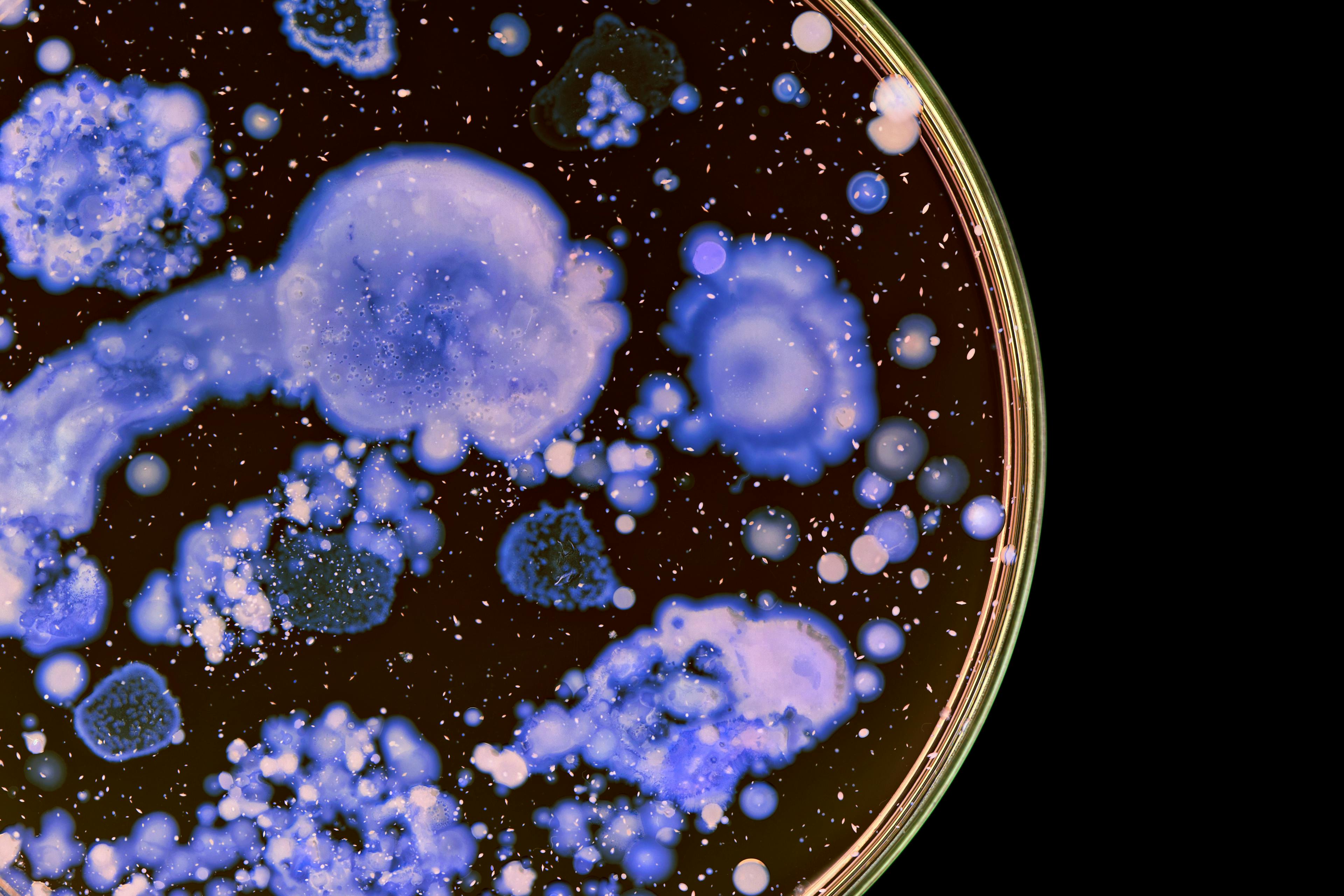5 incredible scientific breakthroughs in 2023
Dec 14, 2023
|As we wrap up another year of leaps and bounds made within our own research and development here at MitoQ, we thought it would be fun idea to recap a handful of advancements in the wider world of science that piqued our interest this year.
WRITTEN BY
MitoQ
PUBLISHED
Dec 14, 2023
UPDATED
May 27, 2024
The development of AI
While artificial Intelligence (AI) has gained traction over the last decade, it’s fair to say that 2023 has been the year of AI. With the debut of ChatGPT and the growth of so many other incredible generative AI tools, most of us have accepted by now that AI is here to stay.
This year alone, AI has seeped its way into the foundations of our everyday systems and organizations across almost every industry in the workforce. While the advancement of AI has left many of us skeptical about the future, there’s no denying the incredible ways this tool has improved our everyday lives – and science is no exception.
- When measured on quality and empathy, ChatGPT was shown to outperform (human) doctors in response to online medical questions in April this year.
- In May, AI was used to develop an antibiotic that has now shown to be effective in treating one of the world’s most critical pathogens, the superbug Acinetobacter baumannii.
- In January this year, researchers found that AI model ProGen can successfully generate functional protein sequences and examine the creation of new proteins that don’t already exist.
The first ever wiring map of insect brain
After 12 years, researchers from the University of Cambridge have successfully completed the world’s largest and most complex brain map detailing every single neural connection in the brain of the fruit fly larva. The map consisted of over 500,000 connections and was a huge advancement in mapping brain structures. Why is the brain mapping of a fruit fly so incredibly valuable? This research is what will help bring scientists closer to understanding the fundamental mechanisms of thought and behavior, and offer important insights relevant to AI learning technology.
“If we want to understand who we are and how we think, part of that is understanding the mechanism of thought... and the key to that is knowing how neurons connect with each other.” Research co-lead Joshua T. Vogelstein, PhD
First successful transplant of functional cryopreserved rat kidney
Researchers at the University of Minnesota revealed that rat kidneys can be cryogenically preserved for up to 100 days, then successfully thawed and essentially brought back to life. This new, innovative process was shown to restore the kidney to full function, and demonstrates that this same approach can be scaled to larger organs. While it could take several years before a cryopreserved organ will be transplantable within humans, these findings suggest that the process could be successfully done in the future. One of the biggest problems that interfere with organ transplants is their rapid decay, and currently around 20% of kidneys donated for transplantation are deemed unusable each year because of this. The ability to cryogenically preserve organs holds the possibility that organs could be stored for days, weeks and perhaps years before they need to be implanted.
Great health starts in your cells
MitoQ Pure is a world-first antioxidant molecule that supports cellular health for boosted energy, faster exercise recovery, and better aging every day.
Earth has enough raw materials to power the world with renewable energy
A common concern about the transition to renewable energy is whether or not we will have enough raw materials to do so efficiently. When it comes to making the switch to green energy, it’s going to take a lot of raw materials – but a new study suggests that there are more than enough to go around. The study that was published at the beginning of the year found that the world has enough raw materials to switch from fossil fuels to clean, renewable energy. It showed that even under the most ambitious scenarios, the earth’s geological reserves are not only sufficient – but extracting them will result in a fraction of the carbon emissions in comparison to what would be produced if we don’t make the switch.
NASA’s James Webb telescope detects a crucial new carbon molecule
NASA’s James Webb telescope continues to amaze us throughout 2023, capturing incredible never before seen images, and blowing our minds during their discoveries. While there were many to be had in 2023, one of their discoveries was the first-ever detection of a new carbon compound known as methyl cation (CH+3). Research predicting the importance of CH+3 has been published since the 1970’s, and up until now it has been virtually impossible to detect. Carbon compounds like CH+3 aid the formation of more complex carbon-based molecules. Why is this such an incredible discovery? Because it may give scientists a better understanding of how life developed on earth, and how it could one day develop somewhere else in the universe.
Related articles
90 days of cell activity
Read more
Oct 14, 2024
|